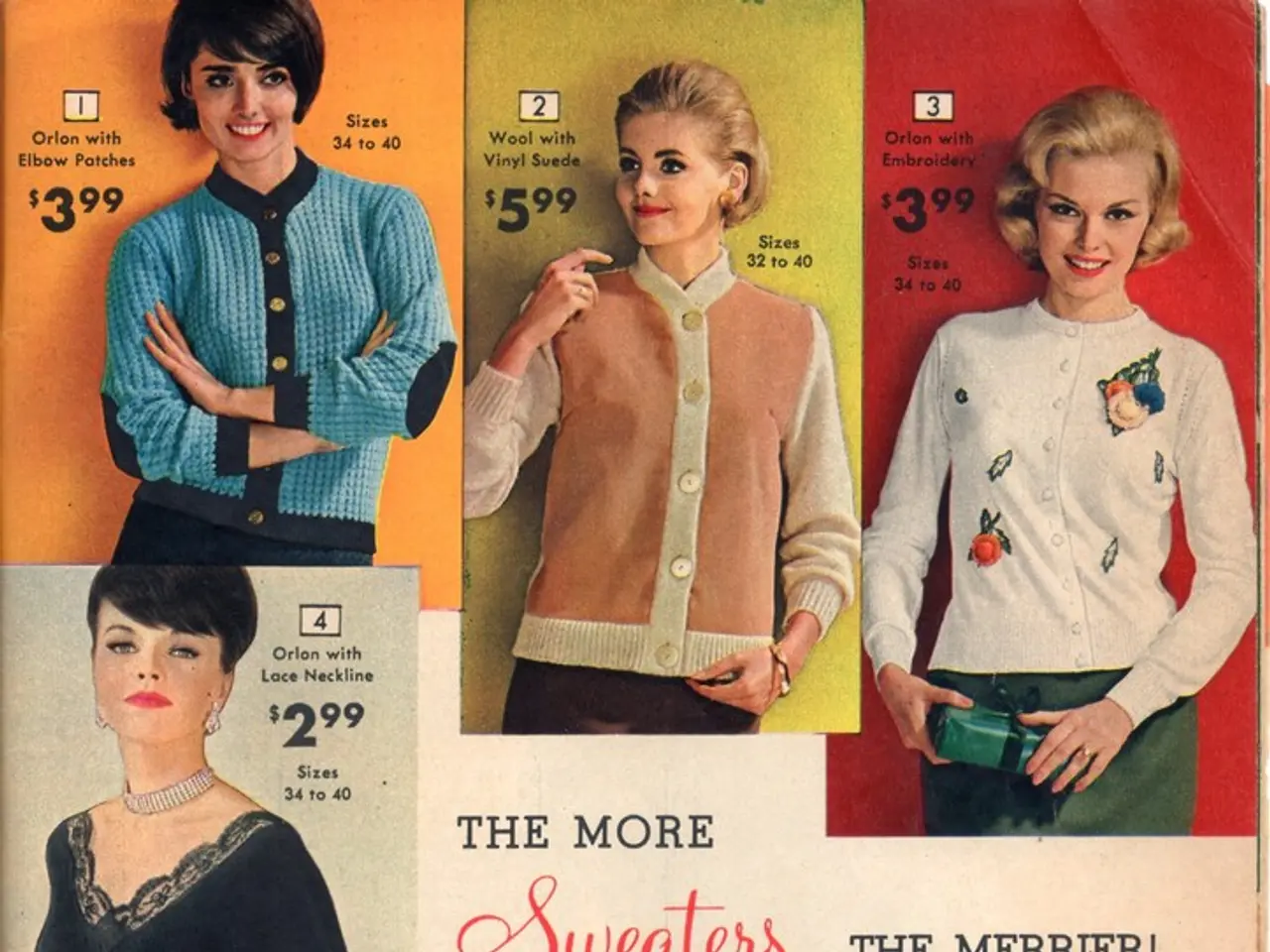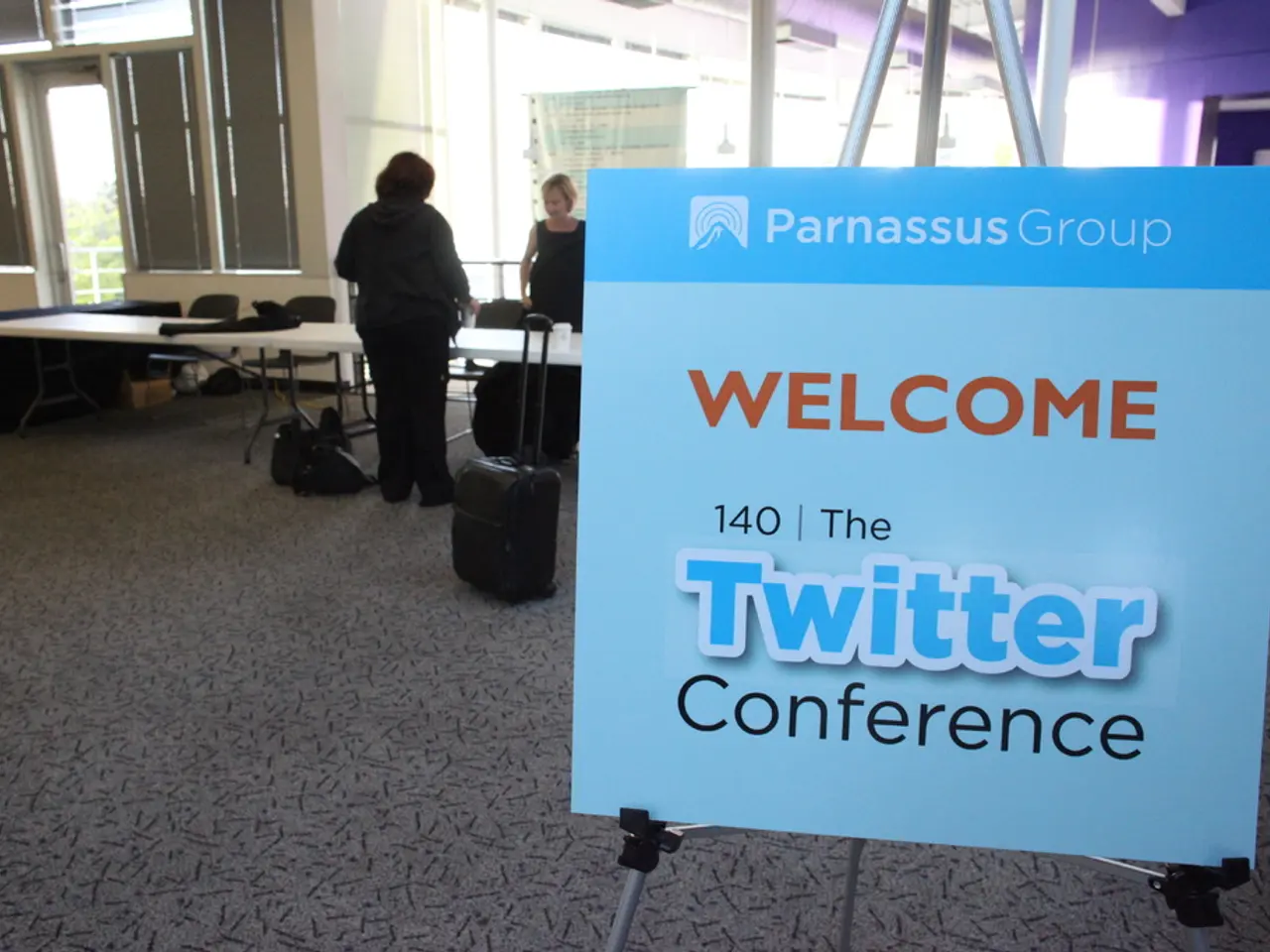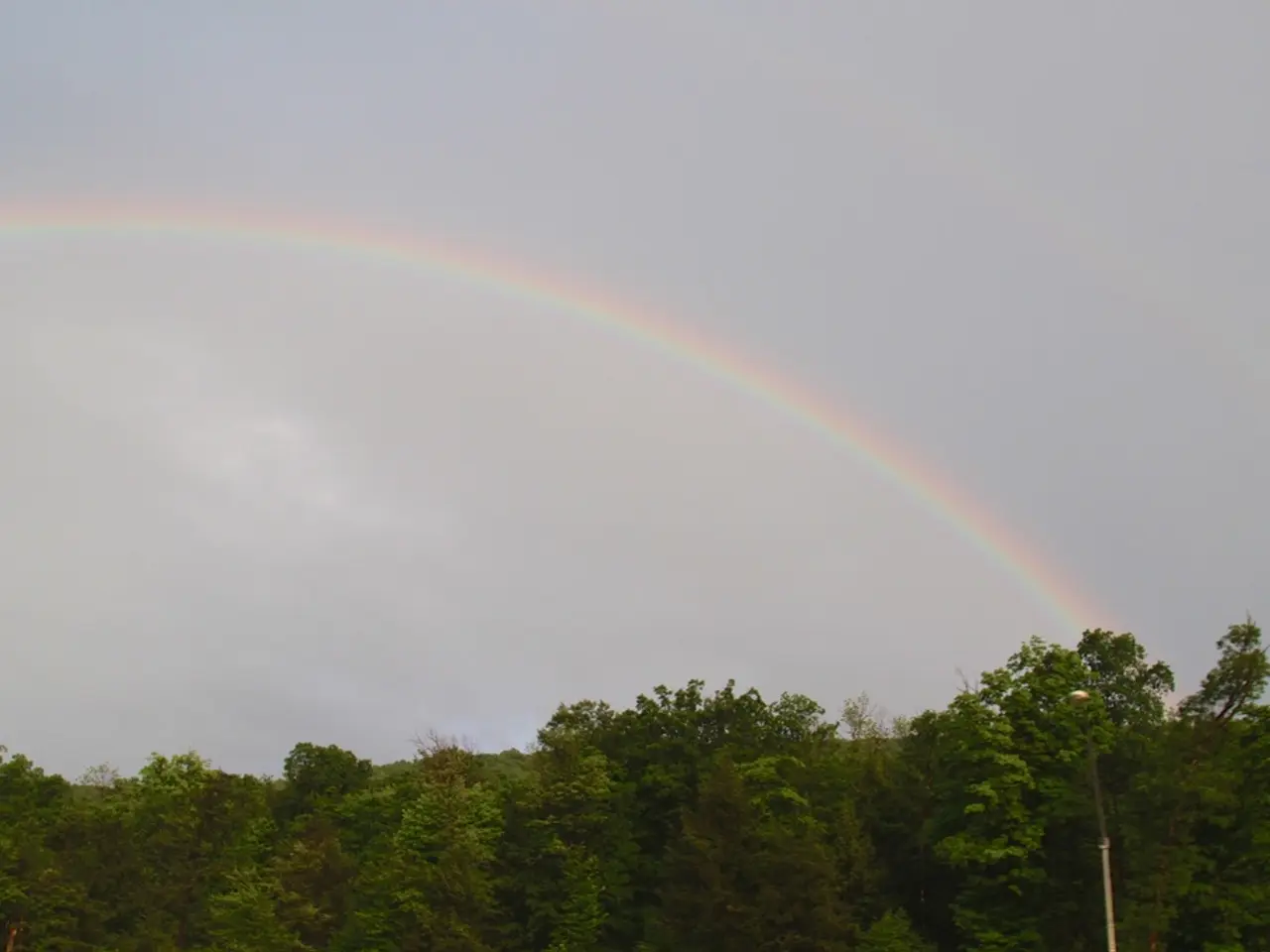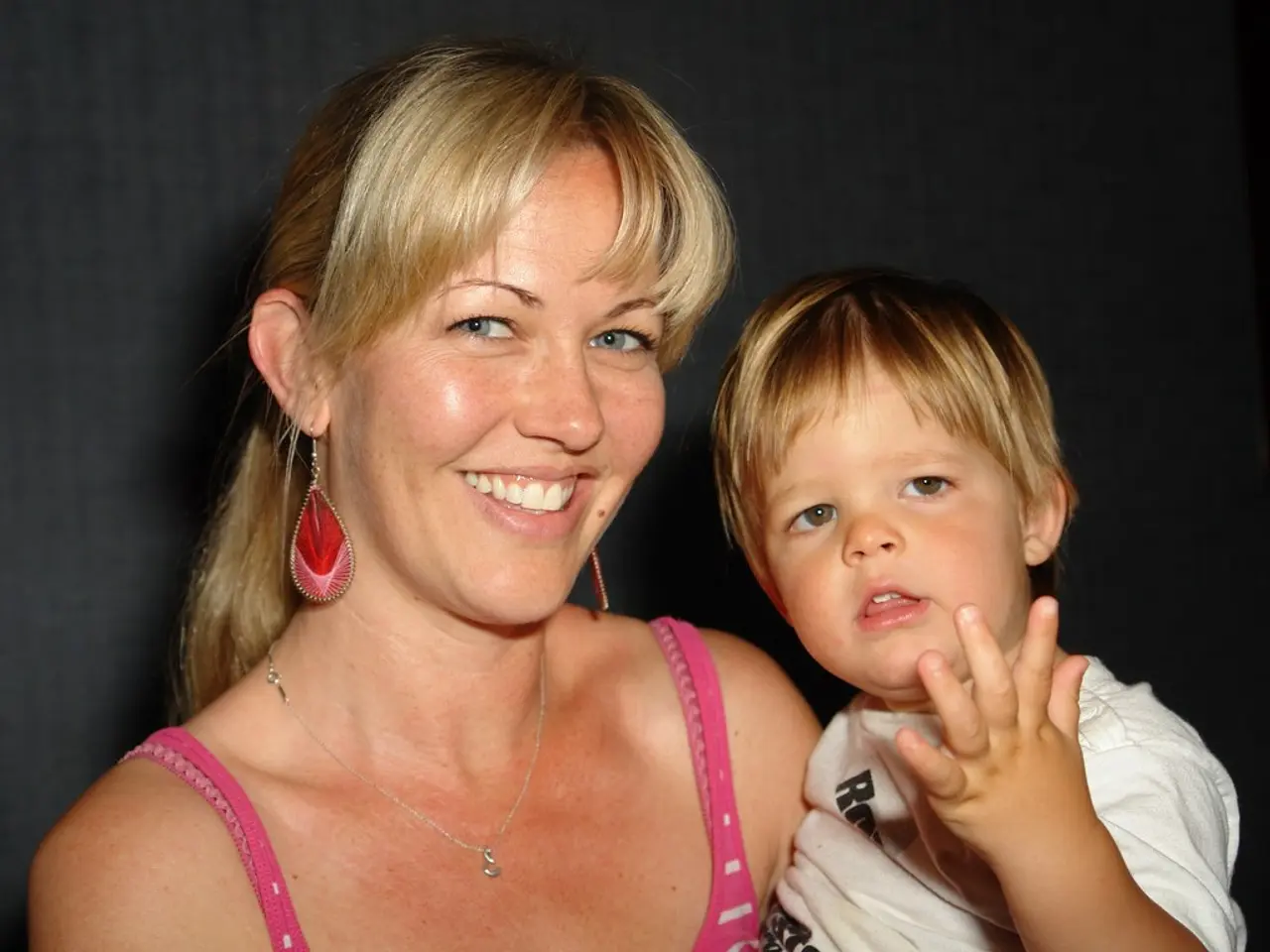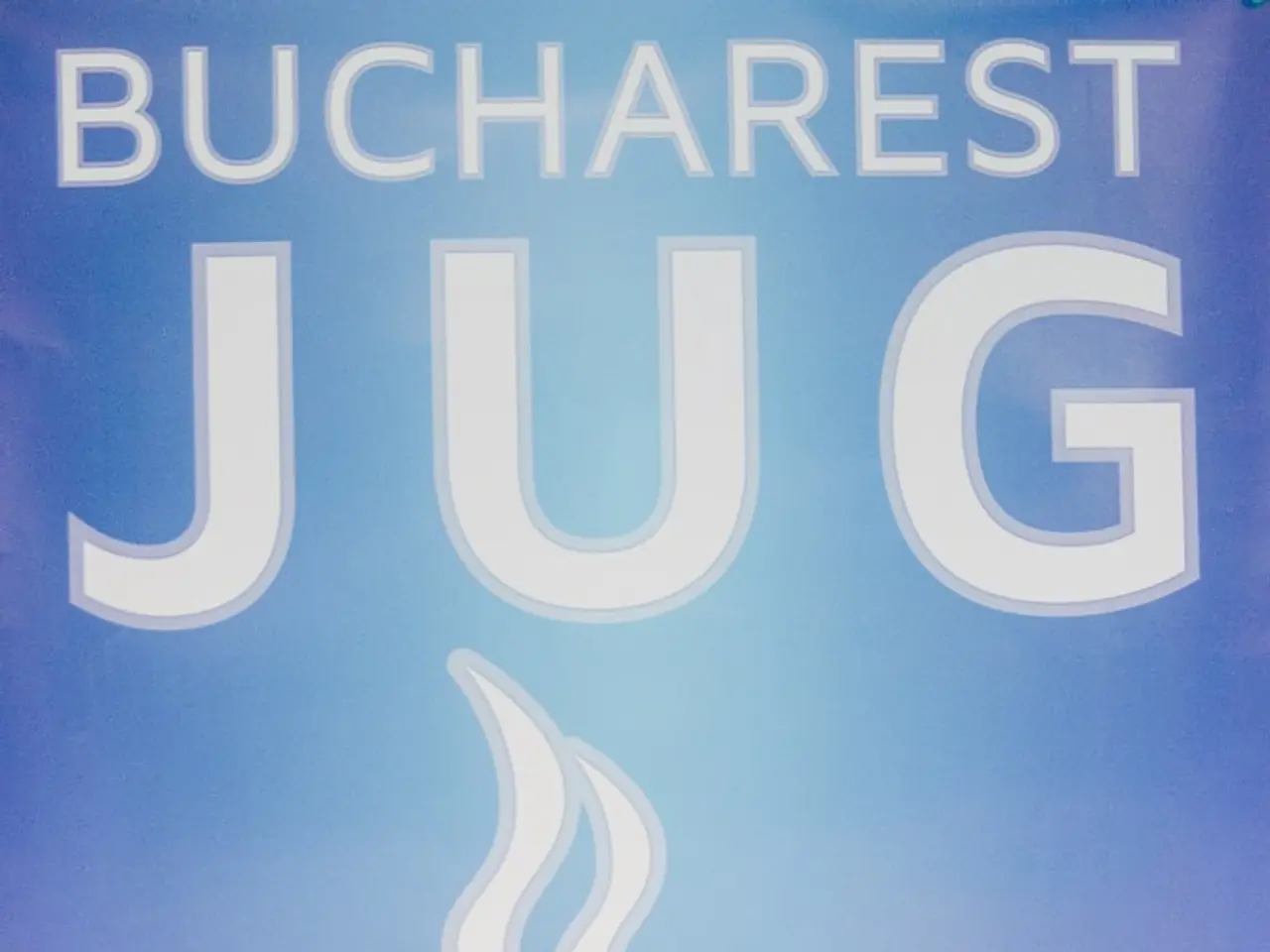Highlighting Key Figures in Queer Fashion: 7 Influential Queer Personalities Throughout Fashion History's Chronicles
In a world where fashion often serves as a mirror of societal norms, a select group of trailblazers have used it as a powerful medium for self-expression and rebellion. These individuals, who hail from various backgrounds and eras, have not only challenged traditional gender roles but have also paved the way for a more inclusive and fluid understanding of identity.
One such pioneer is Gladys Bentley, a Harlem Renaissance blues singer who rose to fame in the 1920s and 1930s. Known for her androgynous style, Bentley often performed in a black-and-white tuxedo and top hat, challenging traditional gender norms at a time when such expressions were not widely accepted.
Another groundbreaking figure is Stormé DeLarverie, a drag performer and activist who was active in the 1950s and beyond. DeLarverie was known for her cross-dressing performances and was a key figure in the Stonewall riots, a pivotal moment in the LGBTQ+ rights movement. Her bold and unapologetic style helped pave the way for future generations of queer performers.
Willi Smith, an openly gay fashion designer, also made a significant impact on the fashion industry. Smith was influential in merging streetwear with high fashion, creating designs that were accessible and meant to flow and move freely. His label, WilliWear, was one of the first to create both women's and men's clothing under the same brand, emphasizing inclusivity and freedom of expression through clothing.
From Asia, Leslie Cheung, a queer icon and pop star, fearlessly blended masculine and feminine styles in his work and performances. Cheung's influence on queer Asian designers is significant, as he fearlessly challenged societal norms and encouraged self-expression.
Pepper LaBeija, known as "the last remaining queen of the Harlem drag balls," was a drag queen and fashion designer who advocated for providing support and guidance to gay men in the ballroom scene who were often estranged from their families. LaBeija was the head of the House of LaBeija, the first ballroom house to host benefits to raise awareness for the HIV/AIDS epidemic.
Toto Koopman, a Dutch Javanese model, spy for the Italian resistance during World War II, and survivor of Ravensbrück concentration camp, made history as the first openly bisexual cover star of Vogue in September 1933.
Marsha P. Johnson, known as the "mayor of Christopher Street" in the '60s, was a gay rights advocate and self-proclaimed drag queen. Johnson was on the front lines of the Stonewall riots, although it's unclear who threw the first brick. Johnson cofounded the radical activist group Street Transvestite Action Revolutionaries (STAR) and was an active member of the Gay Liberation Front (GLF).
These individuals, each in their unique way, have contributed to the evolution of gender expression and identity. Their stories serve as a reminder that history is not something we look back at and say was inevitable. It happens because people make decisions that are sometimes very impulsive and of the moment, but those moments are cumulative realities.
- In the realm of lifestyle, fashion week offers a platform for showcasing forward-thinking designs that reflect personal growth and social change, inspiring individuals across fashion-and-beauty and beyond.
- When it comes to books, there are numerous titles exploring the lives and impact of these pioneers, such as Gladys Bentley, Stormé DeLarverie, Willi Smith, and Marsha P. Johnson, providing insights into education-and-self-development and personal-growth.
- Their stories can be found on various social-media platforms, where discussions about career-development and fashion-and-beauty often intersect with pop-culture and general-news, leading to engaging debates and ideas exchange.
- Job-search websites have expanded to cater to the needs of queer fashion professionals, recognizing the importance of nurturing a supportive and inclusive community within the industry.
- Sporting events have incorporated gender-neutral fashion in line with the message of inclusivity championed by these figures, merging sports with fashion-and-beauty and lifestyle.
- Sports-betting platforms have adapted as well, offering wagers on various fashion events, making them a part of entertainment and pop-culture.
- Weather updates can influence fashion choices, from layering clothing during colder seasons to embracing light, airy fabrics in warmer months, creating a link between fashion, lifestyle, and even climate concerns.
- The rise of skills-training programs in fashion, beauty, and design reflects the ongoing demand for diversity and inclusivity in the arts, furthering the legacy of these pioneers in the industry.
- In a world where sensational crimes and accidents often dominate the headlines, these stories serve as a beacon of hope and inspiring examples of resilience and change for the future of crime-and-justice, social justice, and the world at large.
